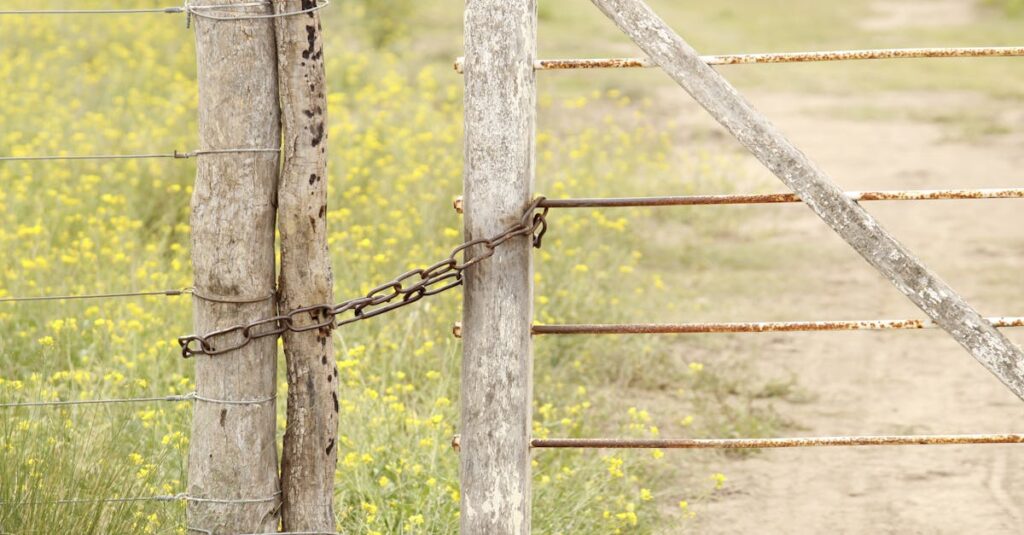Understanding Yard Safety
Yard safety for children starts with a thorough understanding of potential hazards. Look for sharp objects, unsafe surfaces, and hidden dangers like small ponds or poison ivy. When my toddler managed to find every snail in our backyard, I knew I had some work to do!
Prioritize regular yard inspections as it helps you stay ahead of potential risks. Make a checklist to track what needs fixing and create a safe outdoor space. It’s like playing ‘hide and seek’ with hazards, and trust me, you want to win.
Safe Playground Zones
Transforming part of your yard into a safe play zone can be a game-changer. Think about soft landing surfaces like grass or rubber mulch. Remember the time my little one turned the slide into a ‘magic carpet ride’? Soft surfaces saved the day! Also, ensure that playground equipment is well-secured. Regularly check for wobbles or loose screws. These steps create a fun and secure environment, ideally leading to fewer bumps and bruises, and more laughs.
Creating a safe playground zone not only provides a secure environment for children but also allows them to have fun and enjoy their playtime without unnecessary risks.
Choosing the Right Plants
Surprisingly, your choice of plants plays a critical role in yard safety. Avoid toxic plants like foxglove and oleander. I learned this the hard way when my child tried to eat a daffodil! Instead, opt for child-friendly plants such as sunflowers or lavender, which are safe and easy on the eyes. A green and childproof yard can be a lovely, fragrant paradise where kids can explore safely without constant surveillance.
Remember, when creating a safe environment for children, the choice of plants is a crucial aspect to consider. By selecting non-toxic and visually appealing plants, you can transform your yard into a secure haven for kids to enjoy the outdoors.
Securing Water Areas
Water areas such as ponds, pools, and fountains add beauty and tranquility to any yard but pose significant safety risks for children. Always use locked gates and safety covers to secure access.
I remember the time I turned my back for just a second and my son was already trying to take a dip in the koi pond!
Consider adding alarms that notify you if someone enters the water unsupervised. These measures can give you peace of mind while maintaining the yard’s aesthetics.
Building Fences and Barriers
Fences and barriers might not be the most glamorous part of your yard, but they’re essential for safety. Whether it’s a picket fence or a hedge, these structures can keep your little adventurers from roaming off.
Think back to when I caught my 3-year-old trying to escape to ‘see the neighbors.’ A secure fence can act as the first line of defense against such tiny escape artists. Also, make the barriers tall enough to be effective but not obstruct the view.
Storing Yard Tools Safely
Yard tools can be surprisingly attractive—and dangerous—for curious kids. It’s essential to store tools like mowers and trimmers in a secure location, such as a locked shed or garage. I vividly recall the day my child got his hands on a hoe and decided to ‘farm’ the lawn!
Ensure hazardous substances like pesticides are kept out of reach. Teaching kids about tool safety from an early age can help build awareness. A well-organized storage place not only keeps your yard tidy but also reduces the risk of accidents.

